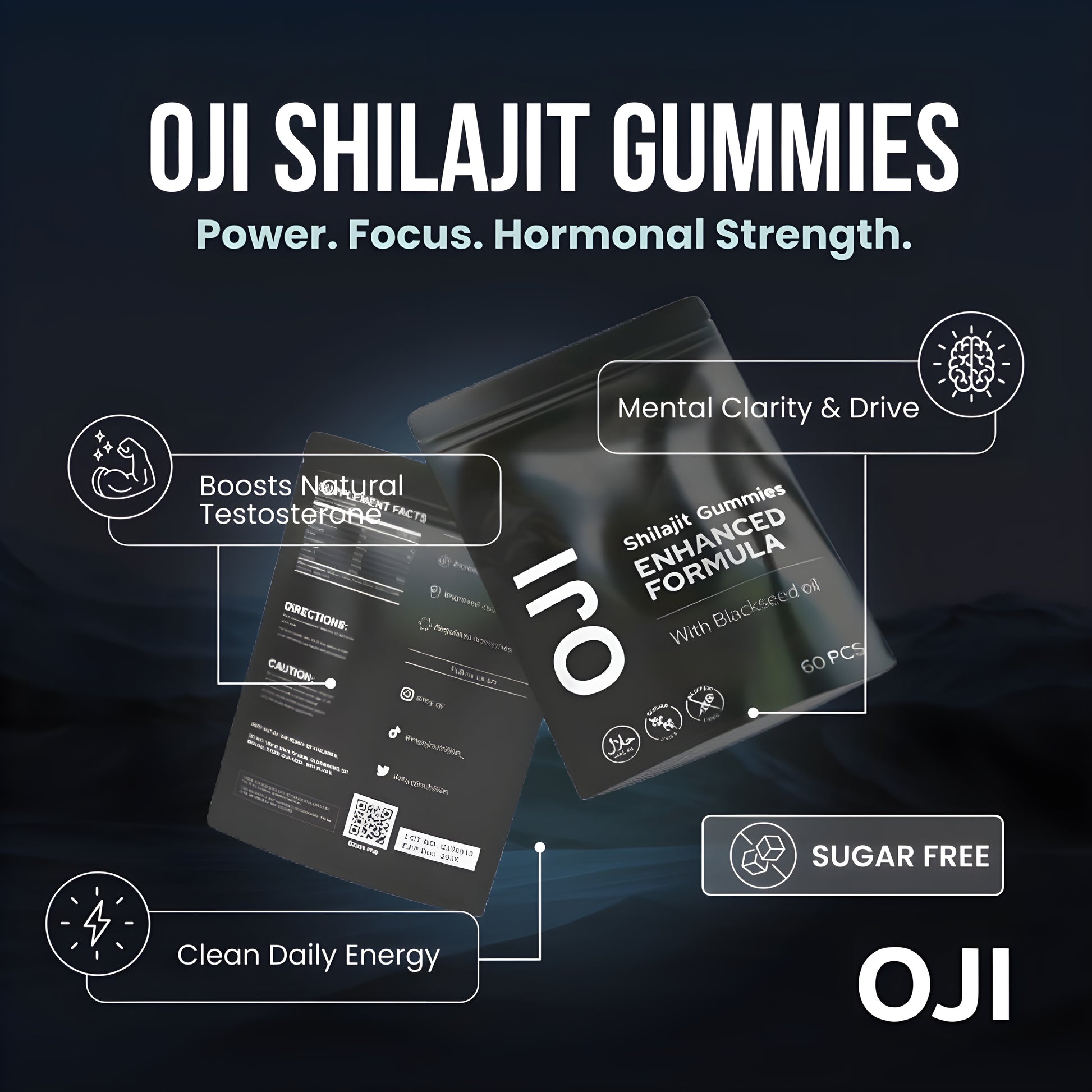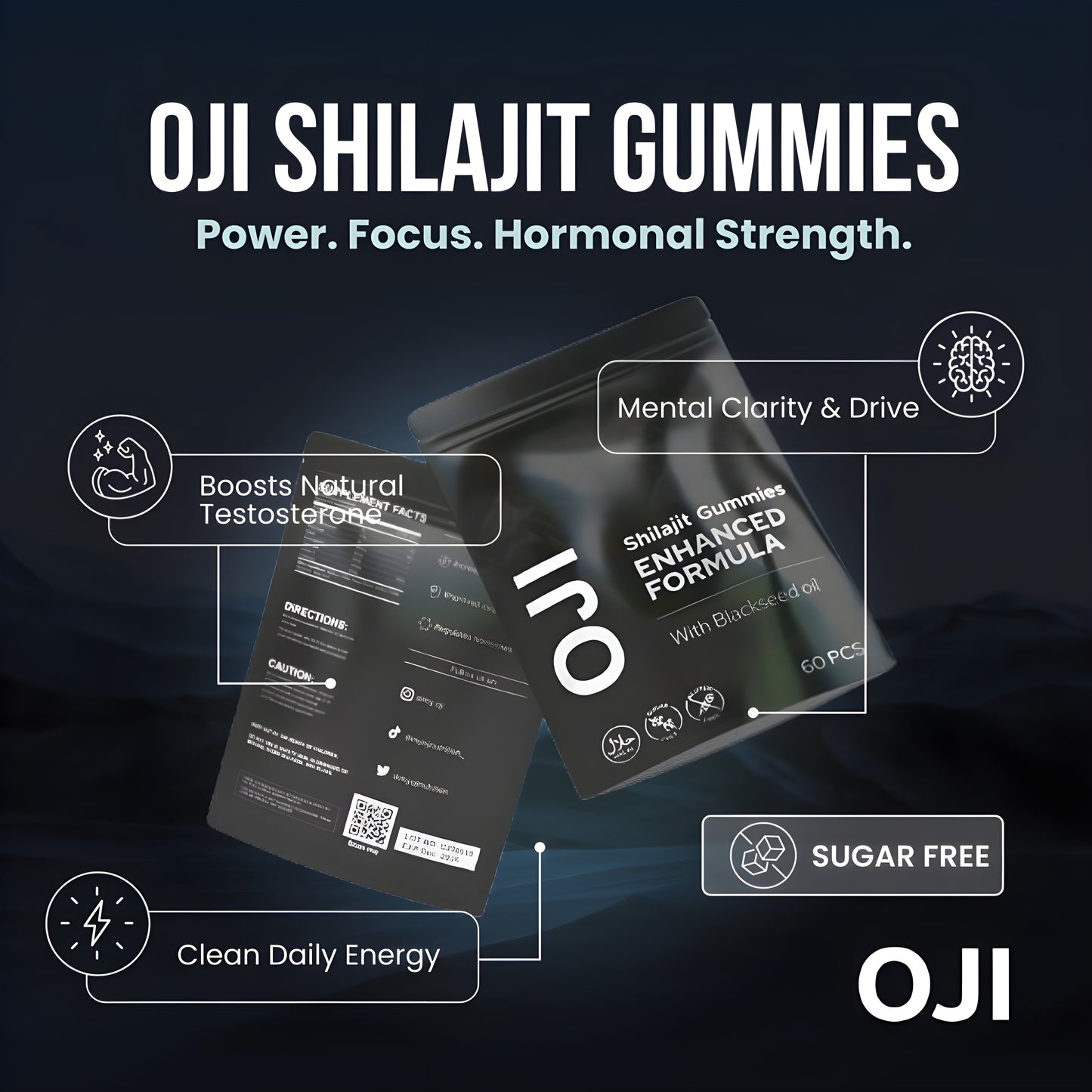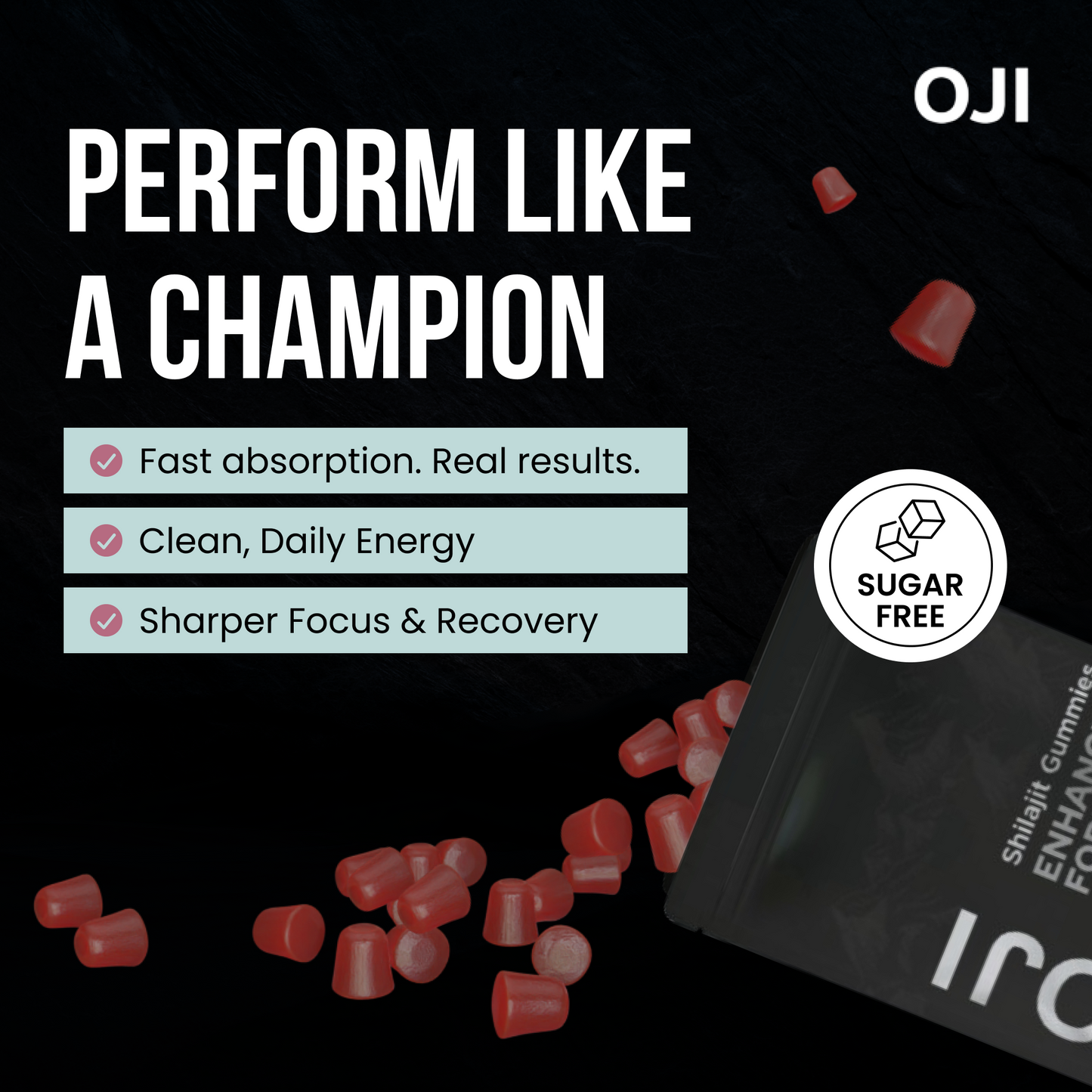When you hit that wall of burnout, the absolute first thing you need to do is create some breathing room. This isn't about fixing the whole problem overnight. It’s about one single, protective move—like taking a day off—to stop the freefall and start getting back on your feet.
Your First 24 Hours Of Burnout Recovery
You know the feeling. That deep, down-to-the-bone exhaustion that sleep just can't touch. One moment you're soldiering on, the next you realise you've been running on empty for weeks, maybe even months. That's burnout: a state of complete emotional, physical, and mental depletion from being under too much stress for too long. It's far more than a tough week; it’s a serious state that needs immediate attention.
Burnout is a real and growing mental health crisis across the UK. A staggering 91% of adults reported feeling high or extreme stress in the past year. It's hitting young people especially hard, with 34% of 18-24 year olds feeling this intense pressure ‘always’ or ‘often’. These aren't just numbers; they represent a nationwide problem that demands real, practical solutions. You can read more in the Mental Health UK's 2025 Burnout Report.
Know The Warning Signs
Before you can recover, you have to be honest about what you're feeling. Burnout usually shows up in three distinct ways. Recognising them is your first step towards getting better.
- Emotional Depletion: This is that profound tiredness that a good night's sleep doesn't fix. It's the feeling of being too exhausted to care, even about the things that used to bring you joy.
- Cynicism and Detachment: Have you started feeling negative about your job? Disconnected from your team or irritable with family? This isn't you being difficult; it's a defence mechanism your brain uses when it's completely overwhelmed.
- Feeling Ineffective: This is that quiet, nagging voice telling you that you're not achieving anything. Your productivity slips, you start second-guessing your skills, and it all spirals.
Picture a project manager in Manchester who once loved her job but now gets a pit in her stomach every Sunday night, snaps at her team, and feels like her work is pointless. Or a junior graphic designer in London working all hours, only to feel completely detached from his own creative spark. These are real signs of burnout, and they can’t be ignored.
The most powerful thing you can do in these first 24 hours is give yourself permission to stop. Recovery doesn’t begin with a 10-point plan. It begins with a pause.
This image lays out a simple, three-step flow to kick-start your recovery.
 It makes it clear: recovery starts with acknowledging the problem, then moves towards taking small, restorative actions.
It makes it clear: recovery starts with acknowledging the problem, then moves towards taking small, restorative actions.
Your Immediate Action Plan
Right now, your only job is to survive the next 24 hours and carve out a tiny bit of space to breathe. Forget about solving the root cause for today. Here are three simple, low-effort actions you can take immediately.
The table below summarises the critical first steps. Think of it as your emergency burnout kit.
| Immediate Actions For The First 24 Hours |
|---|
| Action |
| Take a day off |
| Do a ' ruthless edit' of your day |
| Ground yourself |
These small actions are incredibly powerful. They won't fix everything, but they create the safe space you need to even begin the process of healing.
Rebuilding Your Physical And Mental Energy

Clawing your way back from burnout isn't about waiting for the feeling to pass. It’s an active process of rebuilding your physical and mental reserves from the ground up. Think of your body and mind like a battery that's been completely drained—it needs a dedicated recharge.
This means getting back to the basics that burnout so often dismantles: sleep, nutrition, and movement.
Forget another overwhelming to-do list. Instead, here are practical, gentle strategies that work with your low energy, not against it. These are small steps with a big impact, designed to help you get back on your feet.
Prioritise Restorative Sleep
When you're burnt out, a good night's sleep often feels impossible. You might be staring at the ceiling with a racing mind or sacrificing sleep for a few hours of quiet time. But quality sleep is utterly non-negotiable for recovery. Chronic stress throws your sleep cycle out of whack. To fix this, create a routine that signals to your nervous system that it's safe to power down.
Here are three actions to improve your sleep hygiene:
- Create a 'Wind-Down' Ritual: An hour before bed, switch off work notifications and dim the lights. This creates an inviting environment for sleep. Read a physical book, listen to a calming podcast, or do some light stretching.
- Make Your Bedroom a Tech-Free Zone: The blue light from phones messes with melatonin, the hormone that tells your body it’s time to sleep. Charge your phone in another room to avoid late-night scrolling.
- Stop Caffeine After 2 PM: That late afternoon coffee can linger in your system. In the evening, switch to herbal teas like chamomile or peppermint.
True rest isn't just about stopping; it's about actively doing things that refill your cup. Sleep is the single most effective action you can take to reset your brain and body.
By making these small but consistent changes, you retrain your body's internal clock, making it easier to get the deep, restorative sleep you need.
Adopt Burnout-Friendly Nutrition
When you’re exhausted, cooking a healthy meal feels like climbing a mountain. It’s no wonder we reach for takeaways or processed foods, which can worsen fatigue. The solution is 'burnout-friendly' nutrition—meals that are quick, packed with nutrients, and require almost zero effort.
Your adrenal glands have been in overdrive. Giving them the right fuel can stabilise your energy and mood. Focus on whole foods rich in B vitamins, magnesium, and vitamin C.
Here are simple, low-energy meal and snack actions:
- Breakfast: Make a simple bowl of porridge with a handful of berries and nuts for slow-release energy.
- Lunch: Heat up a pre-made lentil or bean soup with a slice of wholemeal toast for a protein hit.
- Dinner: Create a sheet pan meal. Throw pre-chopped vegetables and a piece of salmon onto a tray, drizzle with olive oil, and bake for 20 minutes.
- Snacks: Eat Greek yoghurt, a handful of almonds, or an apple with peanut butter to keep your blood sugar stable.
For those looking for an extra boost, some natural compounds can help restore vitality. It might be worth exploring the benefits of shilajit to boost energy and wellness naturally, a substance known for its rich mineral content that supports overall bodily function.
Embrace Gentle Movement
A high-intensity workout is the last thing you want right now. Pushing yourself too hard adds more stress to an overloaded system. Focus on restorative movement—the kind that gently energises your body and calms your mind. Movement releases endorphins and lowers cortisol, but it has to be the right kind. Think of it as a gentle nudge, not a hard shove.
Try these actions this week:
- Take a Mindful Walk: Walk for 20 minutes in a local park—like Richmond Park in London or Heaton Park in Manchester. Leave your phone at home and focus on the sights and sounds around you.
- Try Restorative Yoga: Search for a beginner restorative yoga video online. These sessions involve holding gentle poses for longer, which calms the nervous system and releases deep tension.
- Do Simple Stretches: Take five minutes at your desk to stretch your neck, shoulders, and back. This makes a huge difference to physical tension built up from stress.
The goal isn't to burn calories or build muscle. It's to reconnect with your body in a kind, compassionate way and remind it that it’s safe to relax.
Setting Boundaries At Work Without The Guilt
 For many, the workplace is the epicentre of burnout. Pressure builds, expectations feel impossible, and the line between your job and your life disappears. Taking control of this environment isn't just a nice-to-have for recovery; it’s essential.
For many, the workplace is the epicentre of burnout. Pressure builds, expectations feel impossible, and the line between your job and your life disappears. Taking control of this environment isn't just a nice-to-have for recovery; it’s essential.
Setting boundaries at work can feel daunting, but it doesn't have to be a confrontation. It’s a mindset shift from guilt to empowerment. You are creating the conditions needed to do your job well without sacrificing your health.
It comes down to knowing your limits, communicating them clearly, and sticking to them. You're teaching people how you need to be treated, which is a massive part of learning how to recover from burnout for good.
Having Constructive Conversations With Your Manager
Talking to your manager about your mental health can be your biggest step toward getting back on your feet. Frame the conversation around solutions, not just problems. Your goal is to request ‘reasonable adjustments’ that can lighten your load while you heal.
Trust is a huge factor. The 2025 Burnout Report from YouGov found a concerning generational gap: 18–24-year-olds are under immense stress but are more reluctant than ever to open up to their managers. This silence is a major roadblock to recovery.
When you sit down with your manager, come prepared with specific, practical requests. This shows you are proactive and serious about finding a way forward.
Try adapting these phrases:
- "To help me manage my workload more effectively while I get back on track, could we look at flexible start and finish times for a while?"
- "I've been feeling quite overwhelmed lately. Could we go over my current projects and prioritise what's most critical for the next few weeks?"
- "I’m committed to my role, but I need to make some adjustments for my wellbeing. A temporarily reduced workload would really help me maintain the quality of my work."
Remember, a reasonable adjustment benefits your employer, too. It helps prevent long-term absence and keeps you contributing effectively, all while giving you the breathing room you need to recover.
How To Say 'No' Respectfully But Firmly
Learning to say 'no' is a powerful skill to stop burnout from returning. It's not about being unhelpful; it's about protecting your time and energy for tasks that matter. The guilt comes from a fear of letting people down, but overloading yourself is what leads to poor outcomes. Be clear, concise, and professional. You don't always owe a long-winded explanation.
Here are two common scenarios and how to respond:
-
Scenario: A colleague asks for help with a non-urgent task when your plate is completely full.
-
Response: "I’d love to help, but I'm at full capacity with my deadlines right now. I just wouldn't be able to give it the attention it deserves."
-
Scenario: Your manager tries to give you a new project right after you've started trying to scale back.
-
Response: "Thanks for thinking of me for this. My current projects are taking up all my focus at the moment. Could we discuss who else might be a good fit, or which of my current priorities I should reschedule to make space for it?"
This approach shows you’re still engaged, not just dismissive. If this is difficult, learning how to reduce stress at work is vital, and setting these boundaries is a huge piece of that puzzle.
Enforcing Your Boundaries Every Day
Saying you have boundaries is the easy part. Enforcing them is where the real work begins, and it takes consistency. If you decide to log off at 5:30 PM, you must do it. Every time you stick to a boundary, you reinforce its importance—both to yourself and to your colleagues.
Here’s how to put it into action:
- Log Off On Time: Shut your laptop and walk away. If an email comes through after hours, fight the urge to reply. It can wait. This trains people not to expect you to be available 24/7.
- Block Out Your Calendar: Schedule your lunch break. Add 'focus time' blocks. Treat these calendar entries as important meetings, because they are. This provides a clear visual cue to others about your availability.
- Use Your 'Out of Office': When you’re off, use an out-of-office reply that clearly states you won't be checking emails. This manages expectations and stops you from returning to an 'urgent' inbox.
Taking these small, firm steps helps you reclaim your time and mental space. It's not just about getting through your current burnout; it's about building a healthier, more sustainable way of working.
Rewiring Your Mindset From Cynicism To Calm
Burnout doesn't just leave you physically drained; it takes a serious toll on your mind, rewiring it for negativity and hopelessness. Cynicism can take hold, making your inner voice your harshest critic. Getting back from this place requires a conscious effort to challenge and reshape these damaging thought patterns.
This mental shift is a non-negotiable part of learning how to recover from burnout. It's about taking a step back from automatic negative thoughts and deliberately choosing a more balanced perspective. You're moving from reactive cynicism to intentional calm, rebuilding your emotional strength one thought at a time.
Challenging Negative Thought Patterns
When burnt out, your brain finds the worst in every situation. A minor hiccup feels like a catastrophe. The first action is to recognise these thoughts for what they are: just thoughts, not facts. A brilliant technique for this is cognitive reframing. This involves catching a negative thought, examining the evidence, and then finding a more realistic alternative.
For example, if you think, "I've completely ruined this entire project," push back with these steps:
- Acknowledge the thought: "My immediate reaction is that I've messed everything up."
- Look for the evidence: "Okay, one piece of the project has hit a snag, but the other three parts are actually going well. My manager even said the first draft was solid."
- Reframe it: "There's an issue with one section that needs my attention, but the project as a whole is far from ruined. It's a setback, not a total disaster."
This isn't about forced positivity; it’s about getting back to an accurate view of reality. This breaks the cycle of catastrophic thinking that fuels burnout and is also a fantastic strategy if you're trying to figure out how to clear brain fog.
From Perfectionism To 'Good Enough'
Perfectionism is a huge driver of burnout. The relentless pressure to be flawless is not sustainable. The antidote is to consciously embrace a 'good enough' mindset. This means giving yourself permission to be human. Accept that a task completed to an 80% standard is infinitely better than a 'perfect' task that is never finished.
Shifting to a 'good enough' approach isn't about lowering your standards. It's a strategic move to preserve your mental and emotional energy. It’s about choosing sustainability over short-term perfection.
Start small. Pick one low-stakes task for the day—like an internal email or organising a desktop folder—and decide in advance to do it to a 'good enough' level. Notice how it feels to complete it without the usual stress and self-criticism.
Reconnecting With Your Values And Joy
A classic symptom of burnout is losing your sense of self outside of your job. A vital part of your recovery is rediscovering who you are beyond your professional title. This means getting back in touch with your core values and finding activities that bring you genuine joy, purpose, and play—things you do just for fun.
Grab a notebook and answer these prompts:
- What did I love doing as a child, before I worried about being 'productive'? (e.g., drawing, building with Lego, exploring the woods)
- If I had a totally free Saturday with zero obligations, what would I actually want to do?
- What topics do I find myself reading about or watching videos on just for my own interest?
- When did I last feel truly absorbed and 'in the flow' outside of work? What was I doing?
Your answers don't need to spark a massive life change. The goal is simpler: reintroduce small pockets of joy back into your daily life. Visit a local museum, join a walking club, or spend 20 minutes learning a few chords on a guitar. These actions are essential. They remind you that your worth isn't measured by productivity and help you rebuild the person you are underneath the exhaustion.
Creating A Sustainable Burnout Prevention Plan
 Getting through the worst of burnout is a huge relief, but the real work is making sure you never go back. Lasting recovery is about building a life that's fire-resistant. It’s a shift from avoiding stress to fundamentally redesigning your relationship with it.
Getting through the worst of burnout is a huge relief, but the real work is making sure you never go back. Lasting recovery is about building a life that's fire-resistant. It’s a shift from avoiding stress to fundamentally redesigning your relationship with it.
Create a personal ‘Burnout Prevention Plan’. This isn't a rigid set of rules, but a living guide you can turn to when pressure builds. Being proactive is the secret. This experience, as awful as it was, can become a catalyst for real, positive change.
Identify Your Triggers And Early Warning Signs
First, you need to become a detective. Burnout doesn’t just show up unannounced; it drops hints long before it takes over. The better you get at spotting these signals, the quicker you can course-correct.
Grab a notebook and think back to the lead-up to your burnout. What specific projects or pressures consistently left you drained? These are your triggers.
Next, what were your early warning signs? They could be anything:
- Feeling unusually irritable or snappy with your family.
- That all-too-familiar sense of dread creeping in on a Sunday evening.
- Losing motivation for tasks you normally find interesting.
- Realising you’ve been skipping lunch or working late again.
Write these down to create a concrete checklist. When you see two or three signs popping up, that's your cue to open your plan and take immediate action.
Think of your early warning signs as a personalised alarm system. Learning to truly listen to them is one of the most powerful skills you can build to stop a relapse in its tracks.
Schedule 'Unproductive' Time Without Guilt
We live in a culture that worships productivity. To prevent burnout, you must reject that mindset. Rest is not a luxury; it’s a non-negotiable part of your wellbeing. This means actively blocking out time for activities that have zero purpose other than to restore your energy and bring you joy.
This ‘unproductive’ time is vital. It's not just about stopping work; it's about refilling your cup.
- Block it out: Literally schedule "Do Nothing" time into your calendar. Treat it with the same respect as a client meeting.
- Embrace hobbies: Get back to what you love. Take a long walk in the Peak District, lose yourself in a local art gallery, or listen to an album from start to finish without doing anything else.
- Allow for spontaneity: Don’t pack your free time with a to-do list. Leave empty gaps in your weekend to follow your mood and do what you feel like in the moment.
The goal is to uncouple your self-worth from your output. You are just as valuable when you are resting as you are when you are producing.
Nurture Your Support System
You cannot prevent burnout on your own. A solid support system is your greatest defence. This network might be your friends, family, a therapist, or peers who just get it. What matters is that you actively nurture these connections.
This is a critical piece of the puzzle. It’s common to think taking time off is the cure, but that's often just a temporary fix. In fact, research shows that around 21% of UK adults have had to take time off work because of poor mental health brought on by stress. The problem is even worse for younger people, with 35% of those under 35 reporting this, compared to just 10% of workers over 55. A support system helps you get to the root of the problem. You can learn more in The 2025 Burnout Report.
Make a habit of checking in with your people. Be honest about where you’re at, and don’t be ashamed to ask for help. Sometimes, a single conversation is all it takes to get the perspective and strength you need to stick to your plan.
Answering Your Burning Questions About Burnout Recovery
As you start the journey of recovering from burnout, you're bound to have questions. It’s completely normal. Getting clear on what to expect can make the whole process feel less overwhelming and give you the confidence to keep going. Let’s tackle some of the most common ones.
How Long Will It Take to Recover?
This is the big one, but there’s no simple answer. Burnout recovery is deeply personal. For some, a few months of deliberate changes can bring a huge sense of relief. For others, especially if the burnout has been severe or dragging on for a long time, it might be a journey of a year or more.
It really depends on the root causes of your burnout, the lifestyle shifts you’re able to make, and the support system you have around you. The best thing you can do is let go of any strict timelines. Focus on making small, consistent changes that you can actually stick with.
Remember, this isn’t a race. Recovery is about patiently rebuilding a healthier, more sustainable way of living. Give yourself the time and compassion you need.
Do I Have to Quit My Job?
So many people worry about this, but leaving your job isn't always the only—or even the best—solution. While a toxic workplace can definitely be the main culprit, you can often make massive progress by simply changing your relationship with your work.
Before you hand in your notice, try these options first:
- Build Better Boundaries: Can you start by consistently logging off on time? Protect your lunch break as non-negotiable, or get comfortable saying "no" to non-priority tasks.
- Ask for What You Need: Have an honest chat with your manager. It might be possible to get flexible hours, temporarily reduce your workload, or even shift some of your responsibilities.
- Look for an Internal Move: Is there another team or department within your company that might be a better fit? Sometimes a change of scenery is all it takes.
Think of quitting as the last resort, after you’ve tried every other avenue to fix the situation.
Is This Burnout or Depression?
It's easy to get confused here because the symptoms often look very similar. Exhaustion, a persistent low mood, and feeling hopeless are hallmarks of both. The key difference usually comes down to scope.
Burnout is specifically work-related. The negative feelings—the cynicism, the exhaustion, the dread—are centred around your job. Depression, on the other hand, tends to cast a shadow over all areas of your life, not just the 9-to-5.
It’s crucial to know that long-term, unaddressed burnout can absolutely spiral into depression. If your symptoms feel severe, or if you're just not sure what you're dealing with, please speak to your GP. A medical professional can give you a proper diagnosis and point you towards the right kind of support.
Ready to support your recovery from the inside out? Oji Shilajit gummies are formulated with over 85 essential minerals and adaptogens like Ashwagandha to help restore your natural energy, improve mental clarity, and manage stress. Reclaim your vitality by visiting https://myoji.co.uk today.





